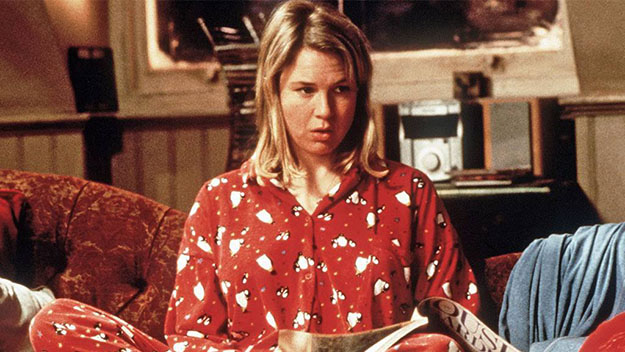If you’ve ever been dumped and found yourself trawling through your former lover’s Facebook feed with ruthless precision (while simultaneously crying, eating a tub of Ben & Jerry’s and defiantly scream-singing to Destiny Child’s Survivor), find comfort in the fact that you’re not alone.
In fact, evidence suggests that after a break-up your brain is programmed to crave contact with the person you once took home to meet your mum – hence all of those late-night texts, “bum dial” calls and time spent wondering what they might be doing right this second.
We have a small study published in the Journal of Neurophysiology from 2010 to thank for this. In it, researchers asked 15 lovelorn men and women how much time they spent thinking about their ex. The answer was 85% of their waking hours. Which is a lot of time spent plotting grand gesture ‘win them back’ tactics/inserting their name into every possible conversation that you have with your friends, family and the check-out person at the supermarket.
The findings were part of a wider study into how the brain reacts to romantic rejection. The dumpees used in the study were shown photos of their former significant other while strapped into brain imaging technology. This allowed the researchers to see increased activity parts of the brain associated with addiction and cravings.
The research ties in with other more recent neurological studies that have looked at the physical effects of rejection – curiously, even if the rejection was by a stranger, the areas of the brain associated with obsession and craving can be triggered.
Another study by biological anthropologist Helen Fisher of Rutgers University in the US also found that the grief associated with a broken heart activates the areas of the brain associated with rumination and chronic depression.
However as Psychology Today have pointed out, the findings were limited because of the small-scale of the studies and because they forced the recently broken-hearted to think about their ex’s in a way that is inconsistent with getting on with your life. Yet the findings do hit a nerve, because, well, who hasn’t been there?
So what to make of this? On one hand you’ve got a fairly nifty excuse for all of those late-night sobbing conversations (backed up by science!) but on the other, not much healing can happen when you refuse to move on.
Alternatively, you could get yourself to New York to see artist Allison Wade’s exhibition It’s Not You, in which she has compiled and painted her own and that of others terrible, awkward, painful and straight-up weird break-up messages. For Wade, the exhibition is all about exploring how modern relationships – and break-ups – are affected by technology. As she told The Cut,
“ I’m interested in the distance enforced by technology. The paintings are funny, but they’re also confrontational … and the viewer interacts with a disposable medium in a more permanent form. It’s incredibly isolating to be broken up with via text; by bringing these messages to a physical space I hope that people will realize they’re not alone.
If there’s anything we know about heartbreak, it’s that misery does like company.
However, while it may not be scientifically proven, the only way to recover from a broken heart is time.
Well, that an inordinate amount of terrible rom-coms, some cathartic crying and a whole lot of being kind to yourself.

.jpg)
.jpg)